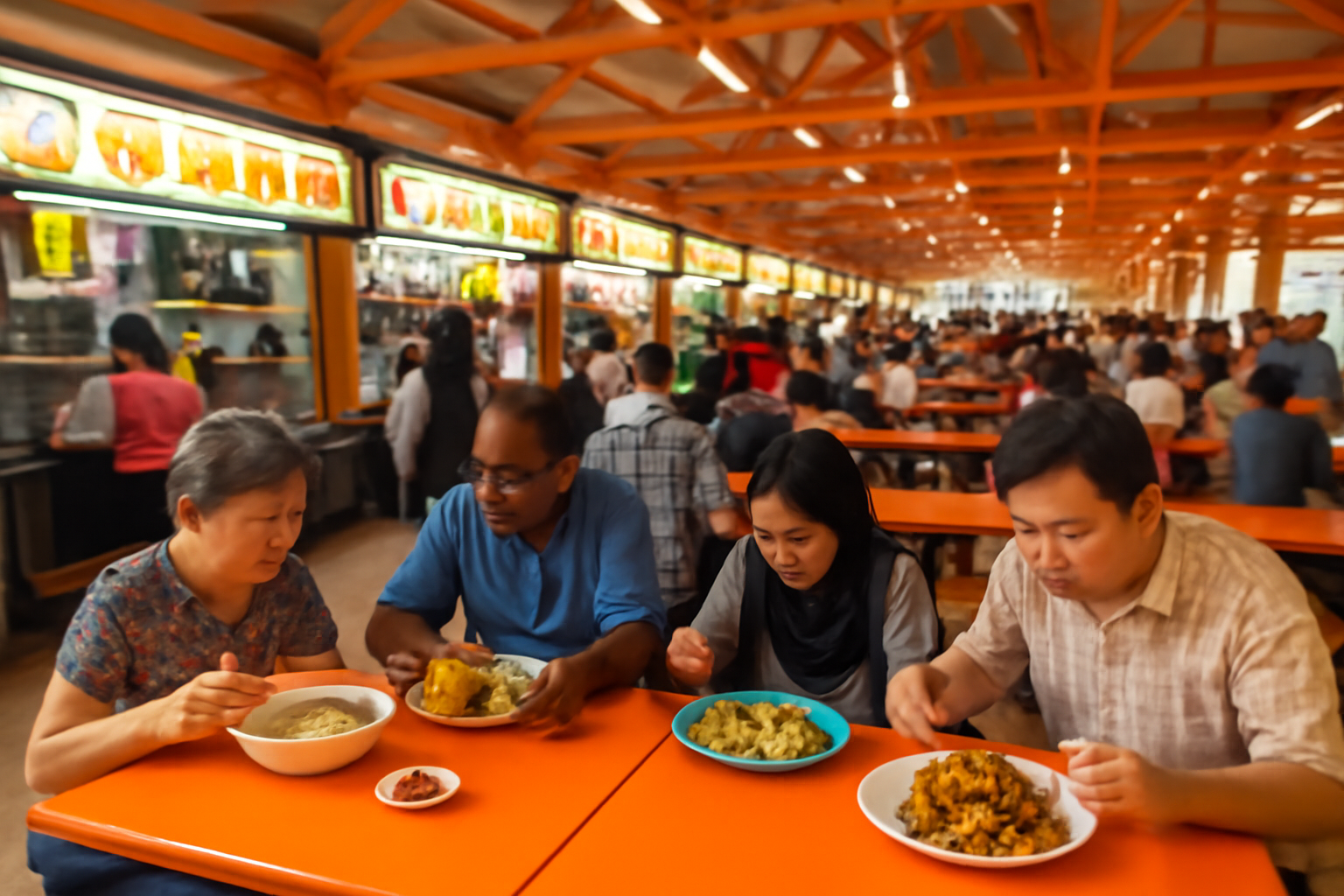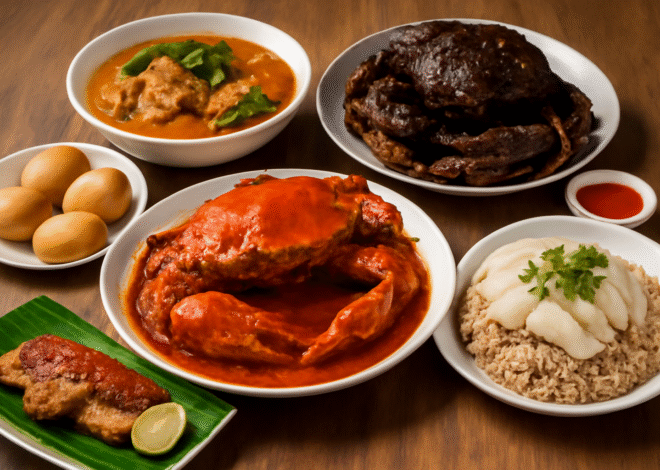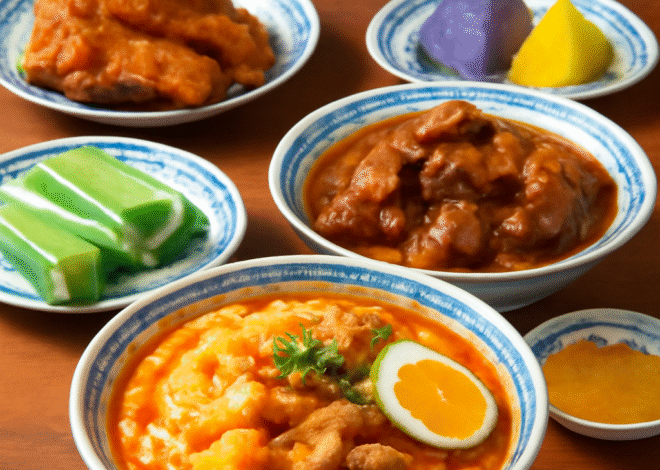
Hawker Centres: A Staple of Singapore’s Culinary Tradition
In the vibrant landscape of Singapore’s food culture, hawker centres stand out as beloved institutions that are integral to both daily life and the nation’s identity. These bustling food courts, housing an array of diverse culinary offerings, serve as a testament to Singapore’s multicultural heritage and the importance of food in its social fabric.
Hawker centres have evolved over the years, but their core mission has always been to provide affordable, high-quality local food. They began in the 1940s and 1950s as a way to organize street vendors into designated spaces, offering hygiene and a more structured environment. Today, hawker centres are much more than places to eat; they symbolize the essence of Singapore’s unique fusion of cultural influences from the Chinese, Malay, Indian, and other communities.
The diversity of food on offer in hawker centres is staggering. Each stall typically focuses on one specific dish, making it easy for customers to find their favorite traditional foods. From the sweet and savory delights of satay to the rich, spicy flavors of nasi lemak, hawker centres are a haven for those eager to experience the breadth of Singapore’s culinary offerings. Such variety means that there’s always something to suit every taste, whether you’re craving a spicy meal or something more mild.
What makes hawker centres particularly special is their affordability. In a city where the cost of living can be high, hawker food offers a budget-friendly alternative to dining out. With prices as low as a few Singapore dollars for a complete meal, hawker centres make it possible for people of all walks of life to enjoy fresh, delicious food. This accessibility has made them a staple for not only Singaporeans but also for international visitors.
Aside from being a space for inexpensive meals, hawker centres are where many of Singapore’s culinary traditions are maintained. Numerous stall owners have inherited recipes passed down through generations, keeping traditional techniques alive. Dishes like Hokkien mee (stir-fried noodles) or chwee kueh (steamed rice cakes) can be found in hawker centres, where customers are treated to time-honored flavors that tell stories of Singapore’s past.
Furthermore, the social aspect of hawker centres cannot be overlooked. Unlike restaurants, where patrons often sit in individual booths or tables, hawker centres encourage a communal dining experience. Large tables are shared by strangers, fostering a sense of camaraderie. This informal, down-to-earth atmosphere contributes to the appeal of hawker centres, where the focus is purely on enjoying good food in a relaxed setting.
Singapore’s hawker culture was officially recognized by UNESCO in 2020, highlighting its importance not only to the local community but also to the global cultural landscape. This recognition has brought international attention to the contribution of hawker centres to the culinary world and has spurred efforts to preserve these traditions for future generations.
With the growing popularity of food tourism, hawker centres have become a must-visit destination for visitors exploring Singapore. The blend of local ingredients, authentic preparation methods, and rich flavors allows tourists to experience a slice of Singapore’s cultural history in an incredibly intimate and accessible way. These centres also serve as a gateway for visitors to understand the essence of Singaporean society, where food is a central aspect of daily life.
The continued success of hawker centres ensures that they remain an indispensable part of Singapore’s culinary landscape, offering not only a place to eat but also a space where culture, heritage, and community come together.



